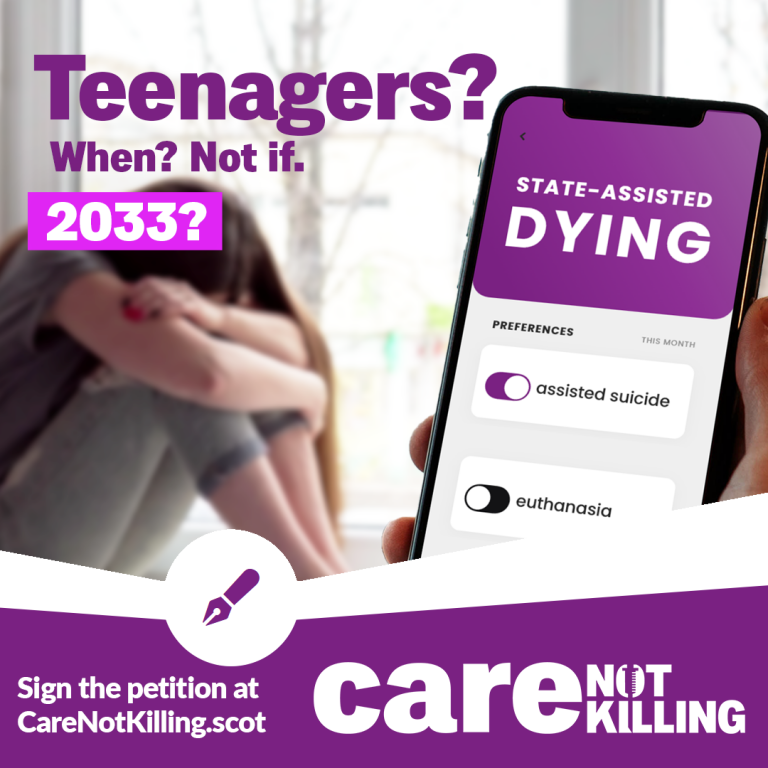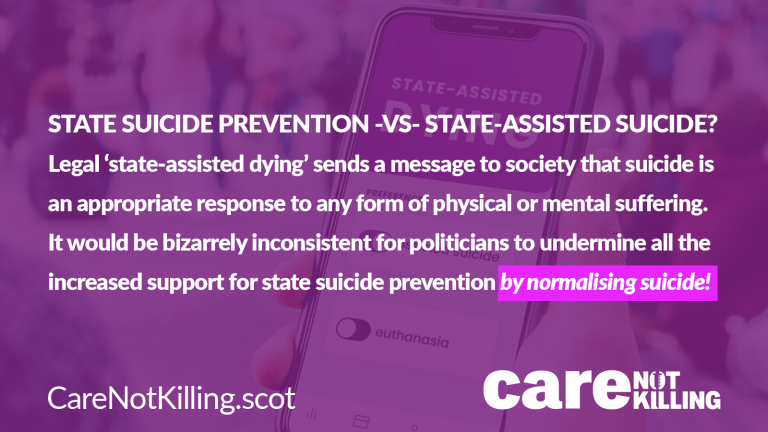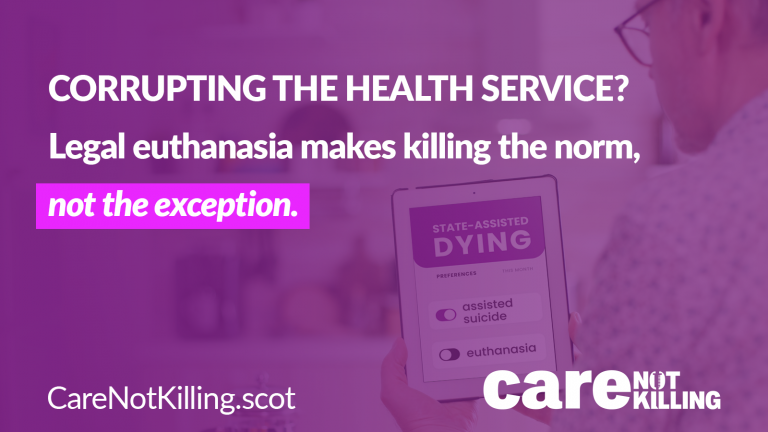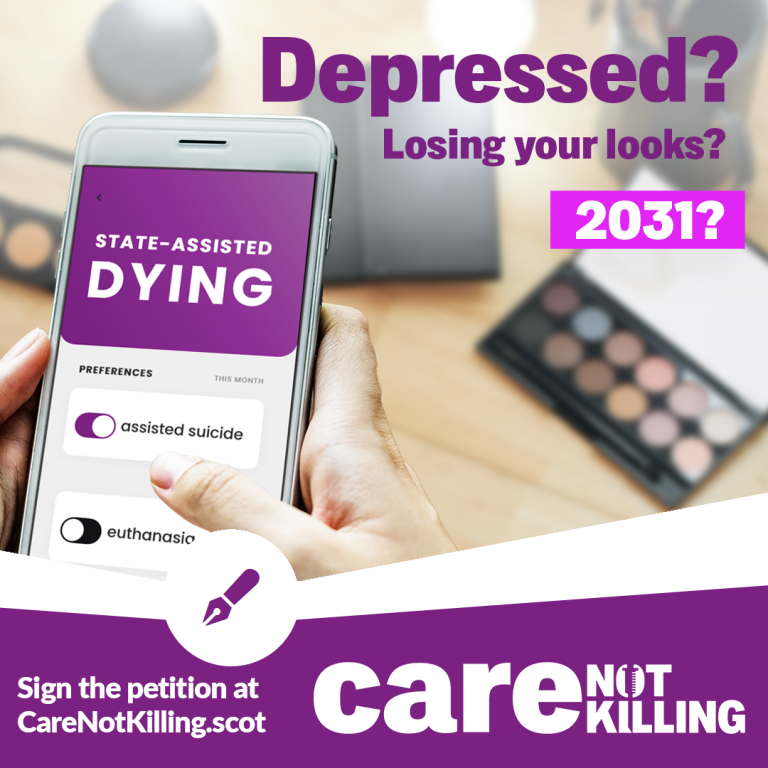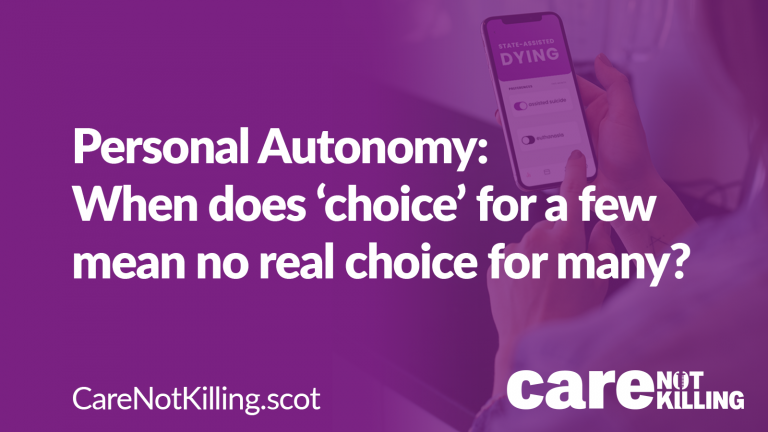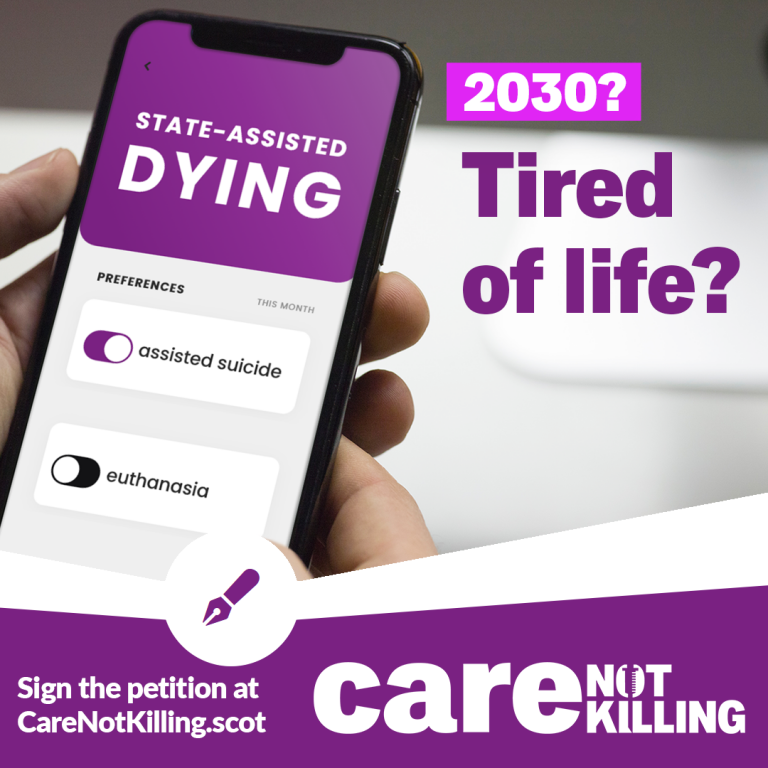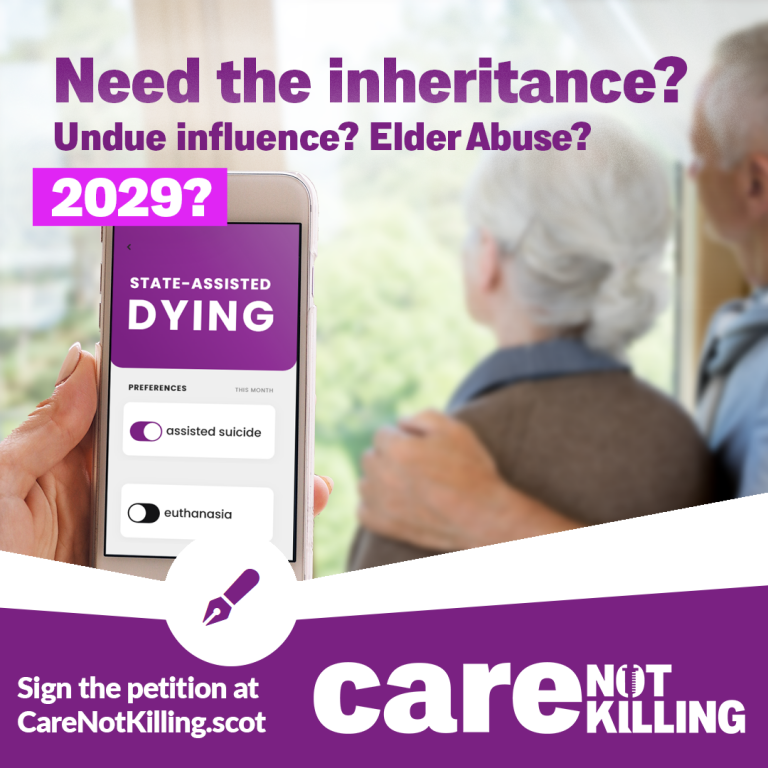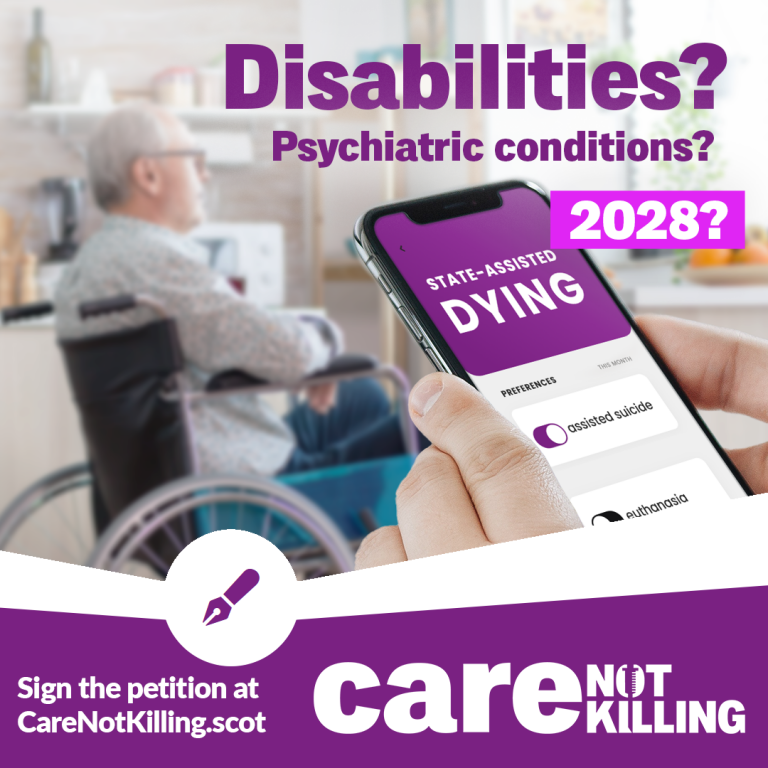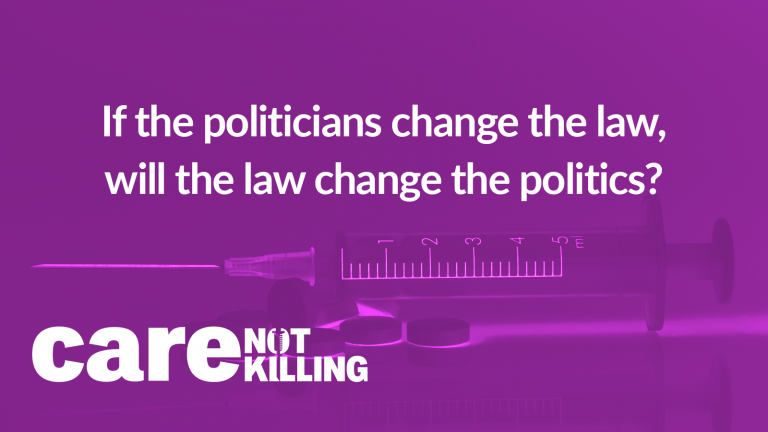2033 - Teenagers?
Imagine a teenage suicide attempt (cry for help) was a gateway to her being euthanised? Belgium Euthanasia Commission: “the failed suicide attempts made the people concerned aware that there was also another, more dignified way of ending one’s life.”
Can you imagine a country where a teenager’s suicide attempt – a cry for help – becomes a gateway to her being euthanised? What happens when you realise that this can already happen in Belgium?
Belgium allows minors of any age to be euthanised. A key aspect of Belgian euthanasia law is the element of unbearable suffering that that cannot be alleviated. The problem is that this is a subjective standard, not an objective one. How do you measure whether suffering is unbearable or not?
In reality, what a subjective standard means is that there are no real limits. So, for example, in young psychiatric patients, “the unbearable and persistent nature of suffering was frequently associated with past experiences” such as sexual abuse, neglect as a child, parental rejection, self-harm and suicide attempts.
The Belgian Euthanasia Commission has even noted that “the failed suicide attempts made the people concerned aware that there was also another, more dignified way of ending one’s life”. In other words, a teenager’s cry for help can lead to her being euthanised.
Can you imagine a country where a teenager’s suicide attempt – a cry for help – becomes a gateway to her being euthanised? Did you realise that this can already happen in Belgium?
Belgium allows minors of any age to be euthanised. A key aspect of Belgian euthanasia law is the element of unbearable suffering that that cannot be alleviated. The problem is that this is a subjective standard, not an objective one. How do you measure whether suffering is unbearable or not?
In reality, what a subjective standard means is that there are no real limits. So, for example, in young psychiatric patients, “the unbearable and persistent nature of suffering was frequently associated with past experiences” such as sexual abuse, neglect as a child, parental rejection, self-harm and suicide attempts.
The Belgian Euthanasia Commission has even noted that “the failed suicide attempts made the people concerned aware that there was also another, more dignified way of ending one’s life”. In other words, a teenager’s cry for help can lead to her being euthanised.
Other ways to share this campaign resource:

